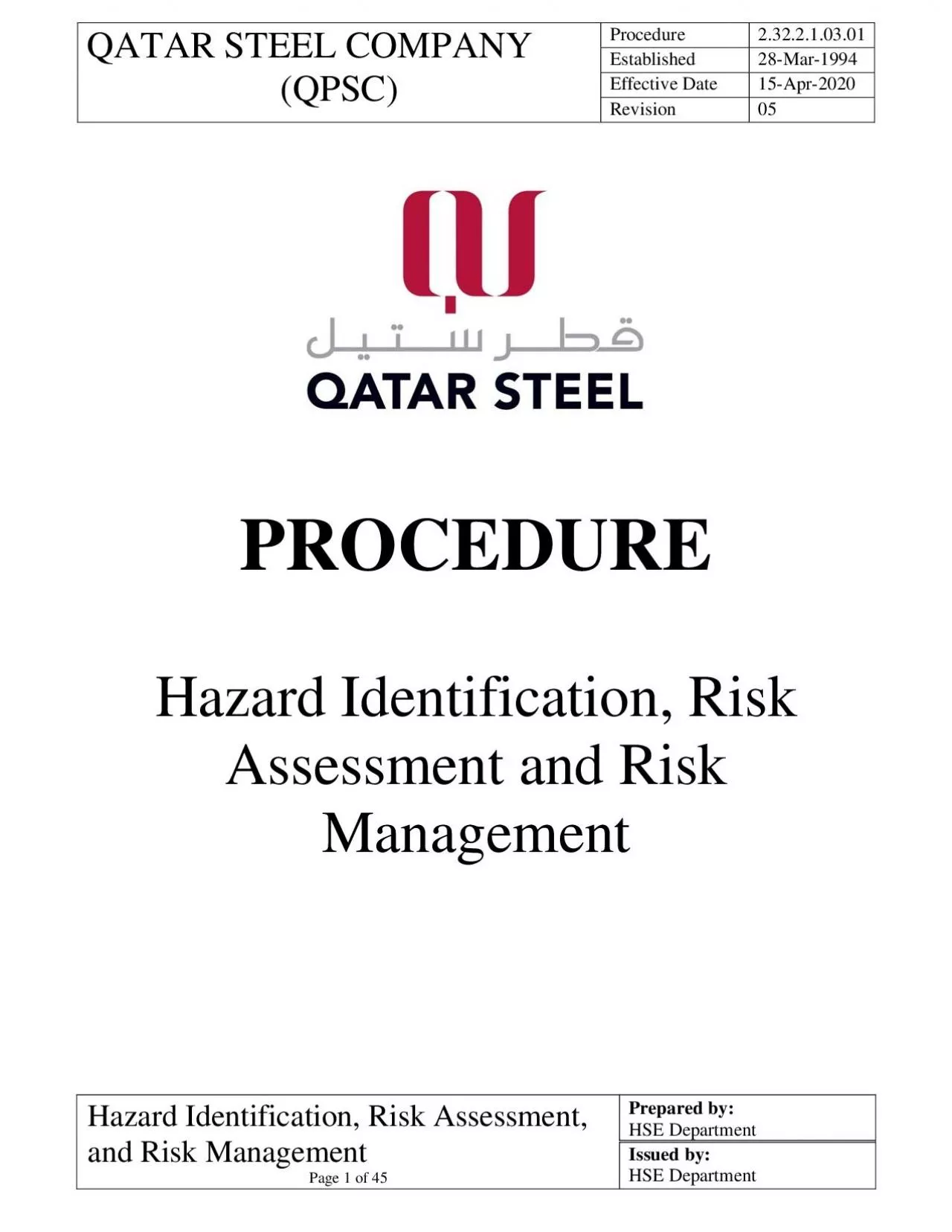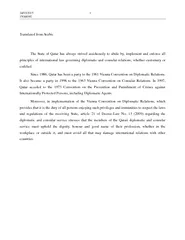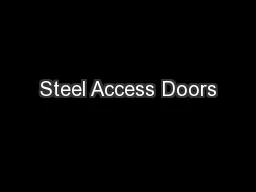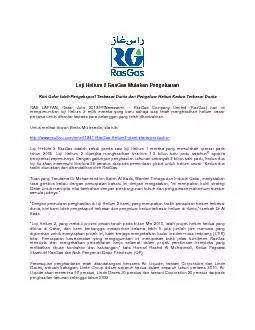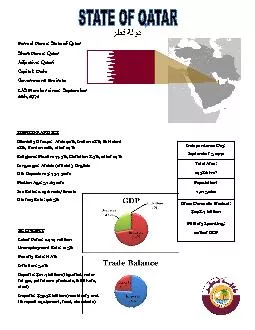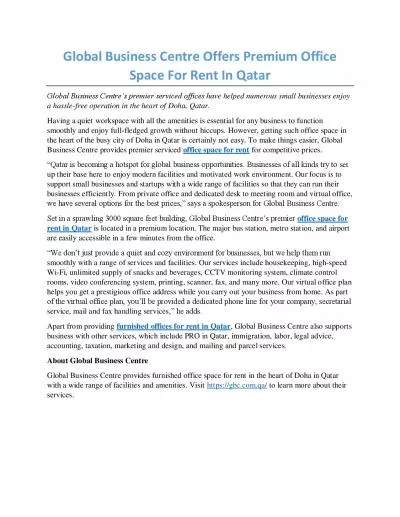PDF-QATAR STEEL COMPANY
Author : lucinda | Published Date : 2021-09-11
QPSCProcedure232210301Established28Mar1994Effective Date15Apr2020Revision05Hazard Identification Risk Assessmentand Risk ManagementPage 1of 45Prepared byHSE DepartmentIssued
Presentation Embed Code
Download Presentation
Download Presentation The PPT/PDF document "QATAR STEEL COMPANY" is the property of its rightful owner. Permission is granted to download and print the materials on this website for personal, non-commercial use only, and to display it on your personal computer provided you do not modify the materials and that you retain all copyright notices contained in the materials. By downloading content from our website, you accept the terms of this agreement.
QATAR STEEL COMPANY: Transcript
Download Rules Of Document
"QATAR STEEL COMPANY"The content belongs to its owner. You may download and print it for personal use, without modification, and keep all copyright notices. By downloading, you agree to these terms.
Related Documents

